Grays World Travels 2017-2018
A few observations on Ireland:
1. I had no idea Gaelic football and hurling (played with a flat wooden bat) were national sports in Ireland. (no picture)
2. I think my ancestors were probably building some of the stone fences on the western coast of Ireland. This looks like it was a lot of work.
3. When people call Ireland the Emerald Isle, we should really think "rainforest" in some places.
4. Even construction updates look romantic in Gaelic.
5. There are over 500 species of shamrock.
sarahdimickgray
19 chapters
A drive through Ireland
Galway, Killarney, Kilkenny, Dublin
A few observations on Ireland:
1. I had no idea Gaelic football and hurling (played with a flat wooden bat) were national sports in Ireland. (no picture)
2. I think my ancestors were probably building some of the stone fences on the western coast of Ireland. This looks like it was a lot of work.
3. When people call Ireland the Emerald Isle, we should really think "rainforest" in some places.
4. Even construction updates look romantic in Gaelic.
5. There are over 500 species of shamrock.
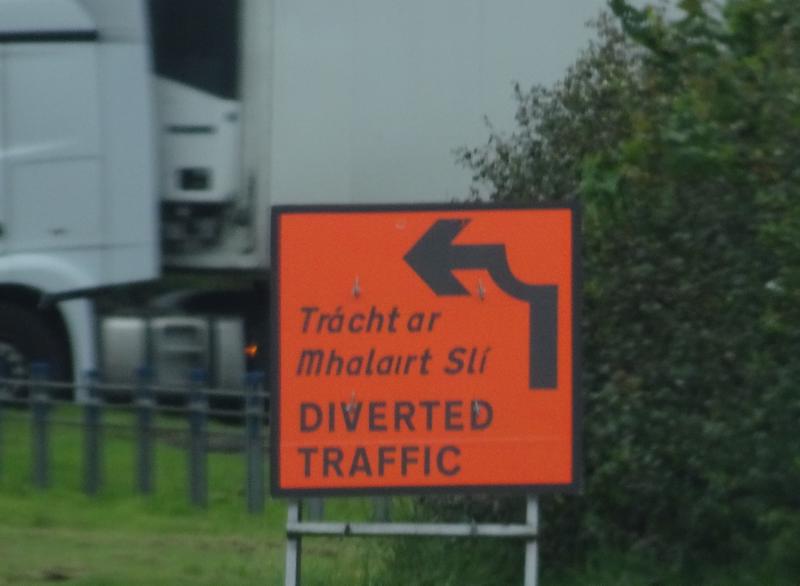
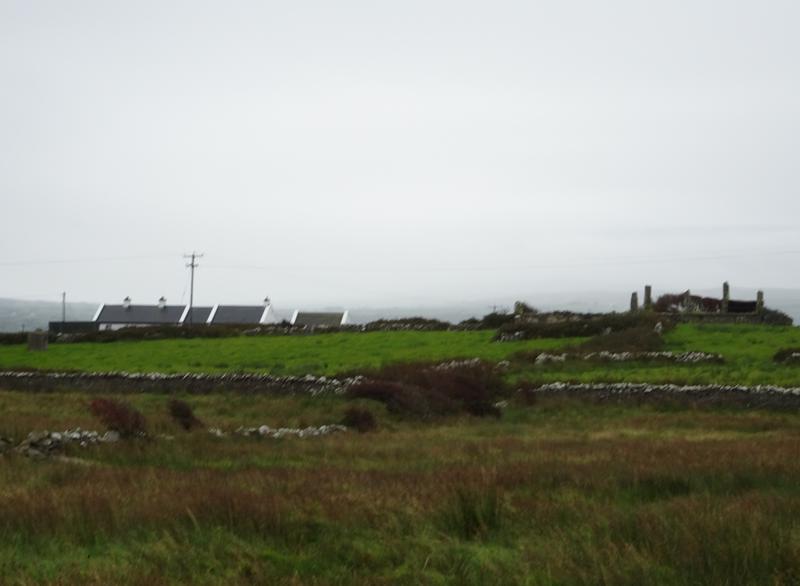
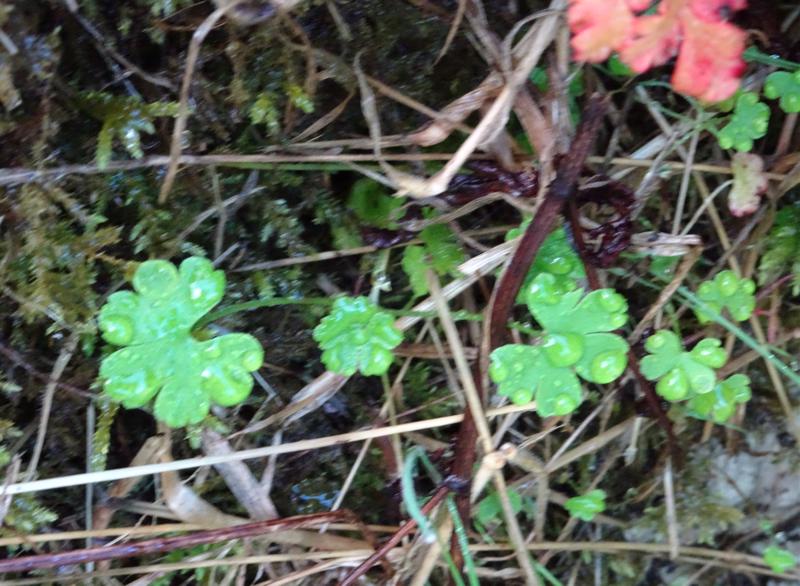
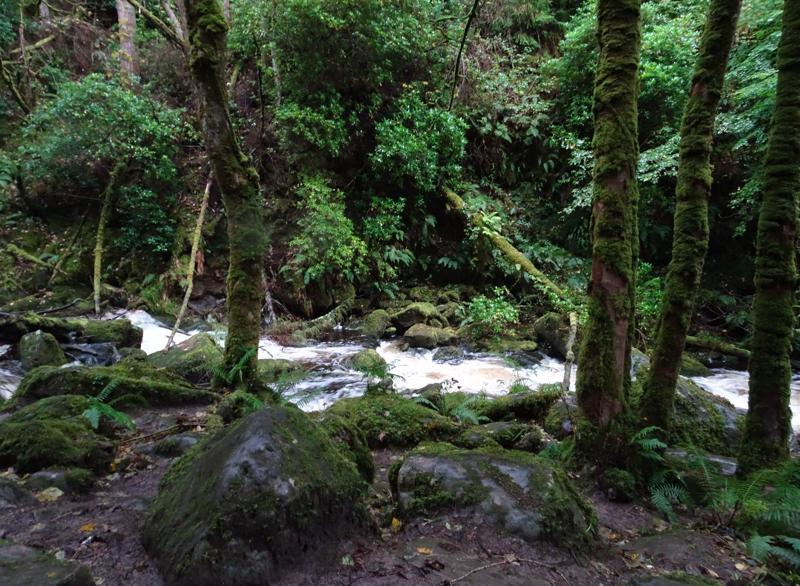
Some of the roads designed for two-way traffic were, in fact, thinner than our driveway. There was more sharp intake of breath as we careened around corners with limited visibility in our rental car (what luck, we were upgraded to an SUV again, manual left-handed transmission...). Scott has earned another bless-your-heart for driving.
After taking the ferry to Dublin from Holyhead, Wales, we collected our car and made our way to Galway. Many of the accommodations in the area are small B&B type places, and we checked into our town home before walking along the Salthill promenade, along the western coast of the island (the Wild Atlantic way, similar to Route 1 on the east coast of the US, figured prominently in our route planning for this leg of the trip).
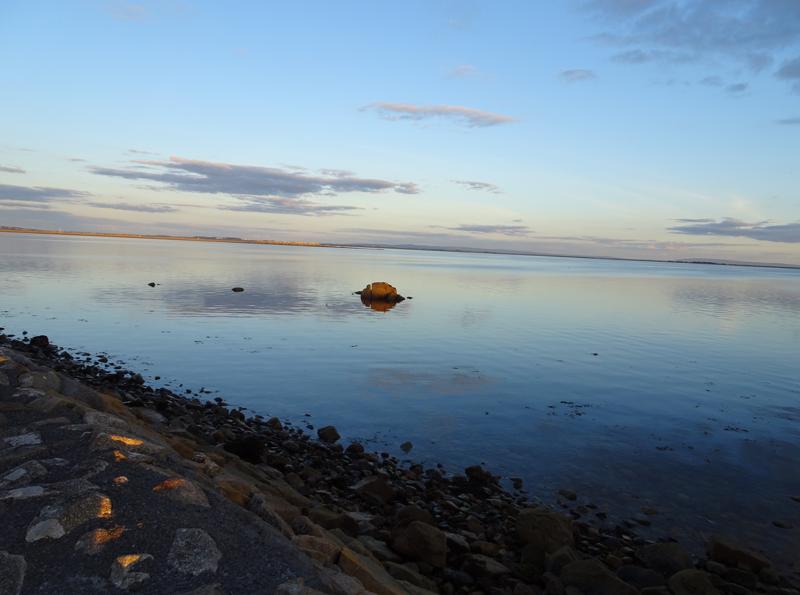
On Monday we drove up to Connemara National Park, with small mountains and coastal views, going past the Kylemore Abbey (pictured). We hiked up Diamond Hill (Scott felt Mountain should show up somewhere in that name, not Hill) during a beautiful afternoon. The whole region is essentially a peat bog, and we learned all about the process of turning peat into fuel for homes. The ground was definitely squishy off the graveled trail, and it looked like one could easily lose a shoe if you weren't careful. Along the drive--and really, for the next several days--we saw a number of spray-painted sheep along the road, sometimes in the road. For the record we never ran over a sheep. Harley wants a new pet ;).
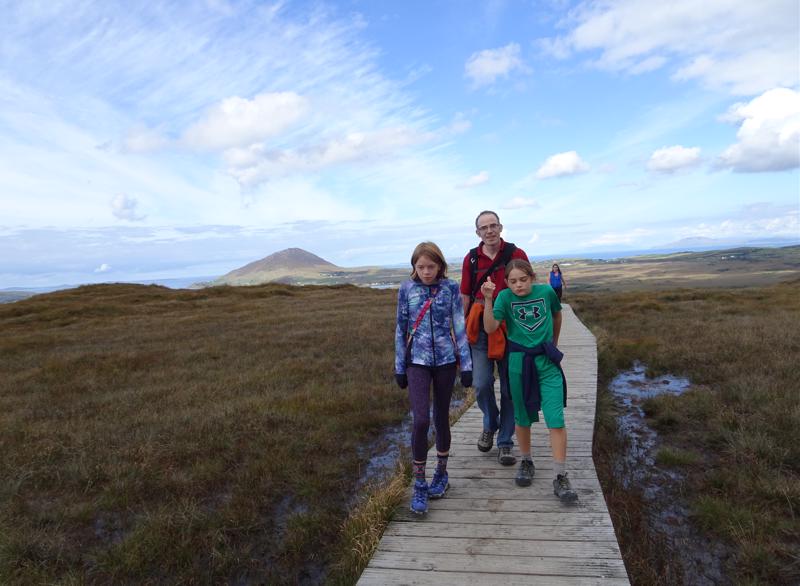
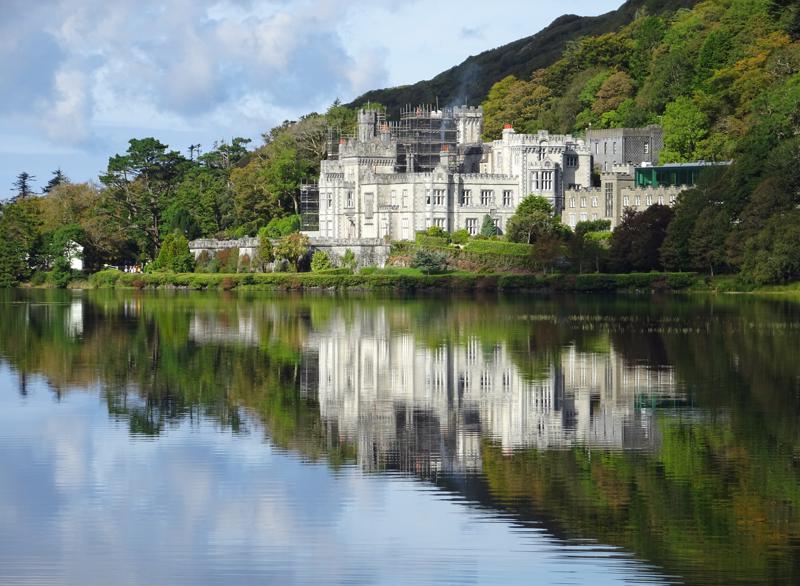

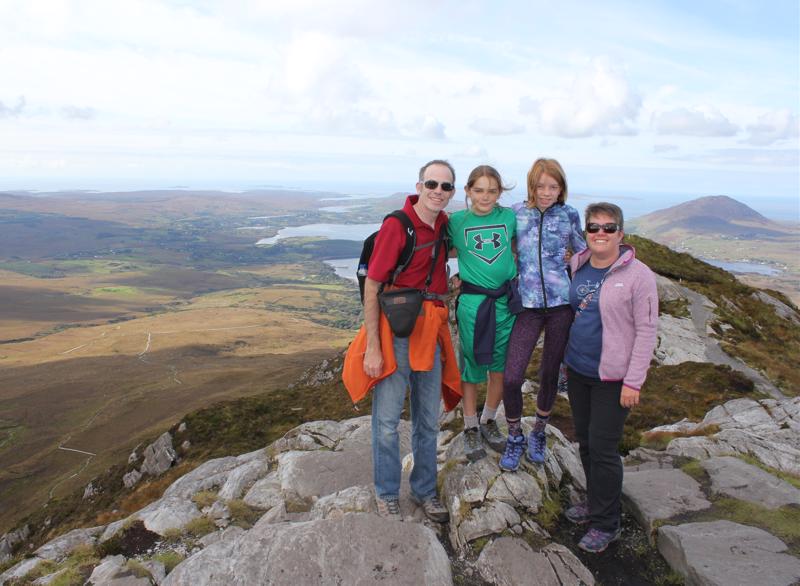
On Tuesday we drove south along the western coast to the Cliffs of Moher, and continued down to Killarney (well-preserved town). The hedges along some of these roads are merely disguises for the stone walls and shoulders seem to be a luxury for the road crews, so like I have said before this makes the drive interesting. The Cliffs are a grander scale of Lake Superior's North Shore around Split Rock Lighthouse. Very beautiful.
On Wednesday we drove the Ring of Kerry, which is a series of small coastal villages in southwestern Ireland set amidst mountain vistas. The scenery was stunning, although I think sunshine would have placed it in the realm of spectacular. Chilly rain muted the colors and hid some of the more interesting rock formations and sometimes the
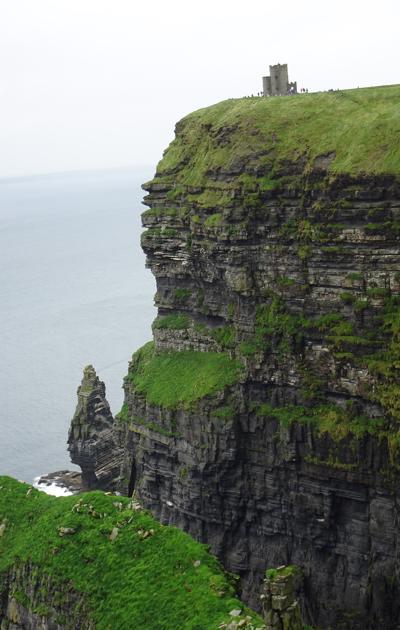
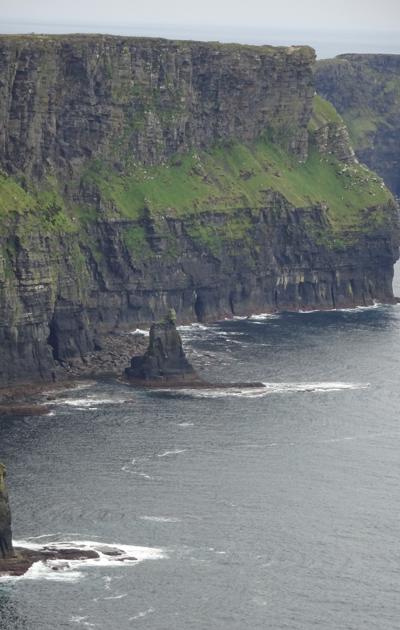
roads were slow going. We took a drive-on car ferry onto Valentia Island, which was pretty unique. We learned about some of the Ireland past and politics by visiting Derrynane, a home of Daniel O'Connell, a political figure in the 19th century. Some of the plants in this area of Ireland really looked tropical, with huge elephant ear plants and lush ivy everywhere.
Thursday we drove from Killarney on the western side of the island to Kilkenny on the eastern side, stopping at Blarney Castle. Everyone kissed the Blarney Stone, and we toured the grounds' Poison Garden, featuring deadly nightshade, foxglove, oleander, rhubarb leaves, and belladonna. Ironically I teach about many of these plants in Med Chem! We walked around Kilkenny, the medieval capital of Ireland, in Thursday night and sat for a while in a pub listening to Irish music. Kids have to be out of the pubs by 9 pm, Irish rule! ...I
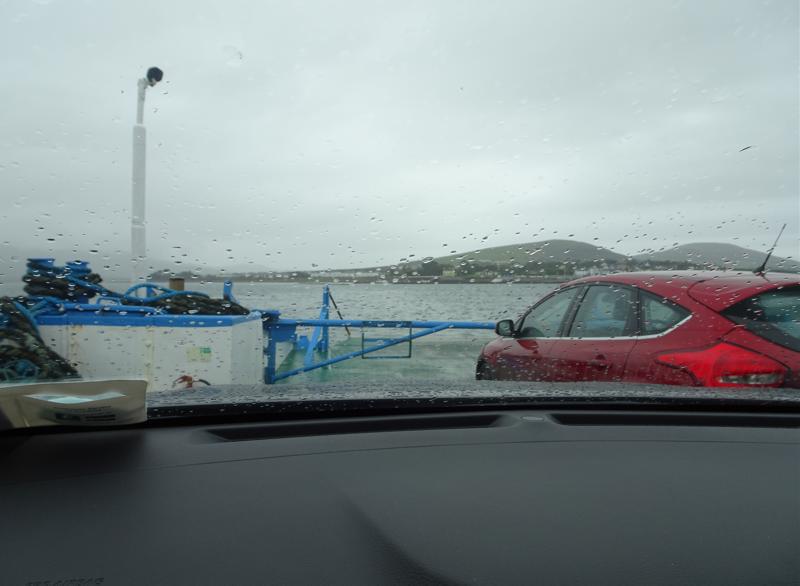
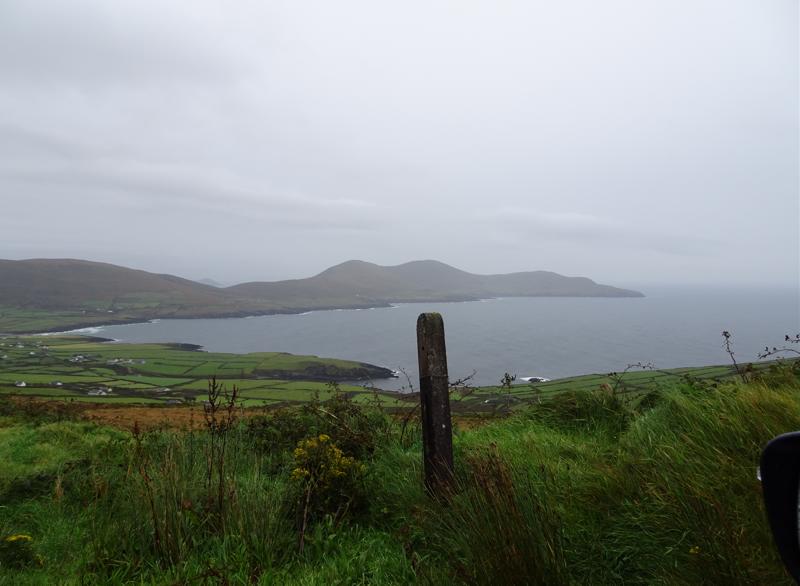
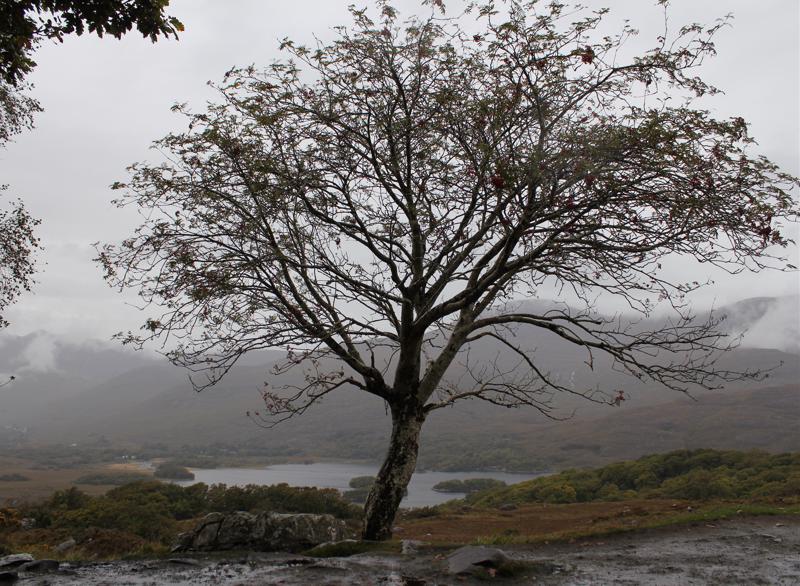
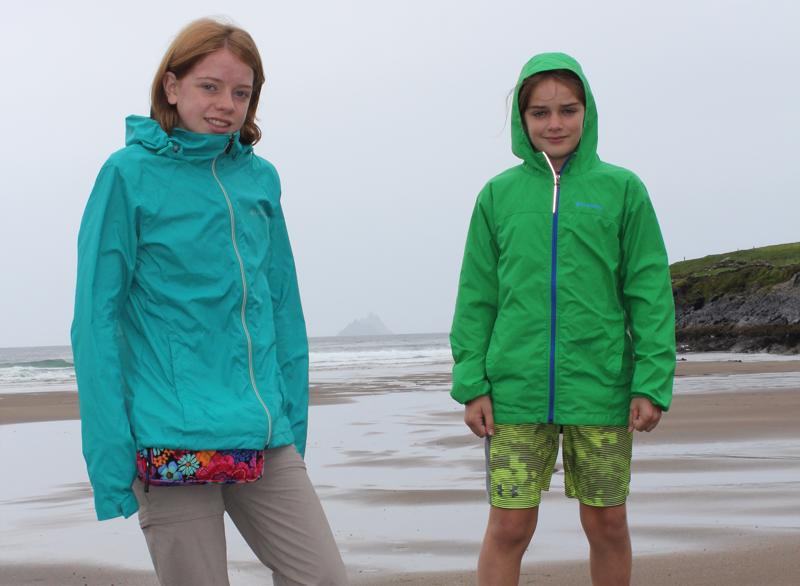
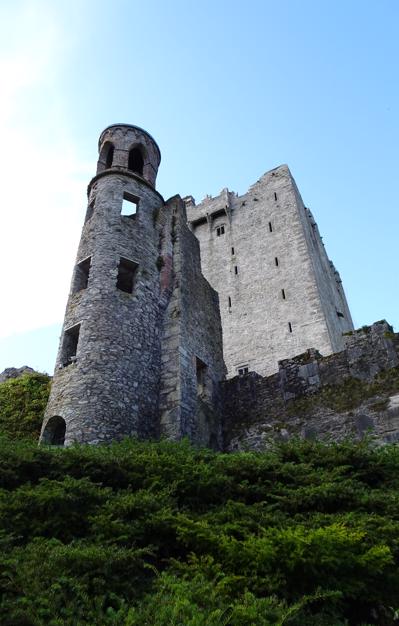
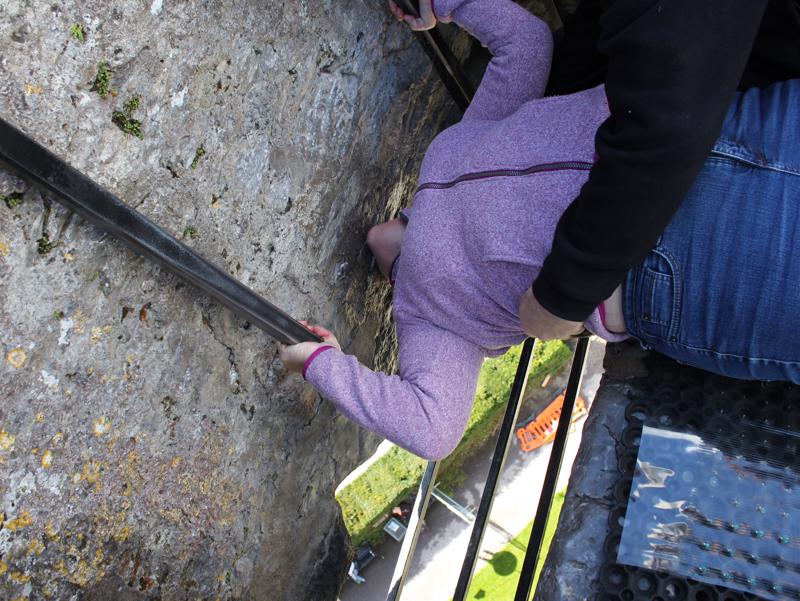
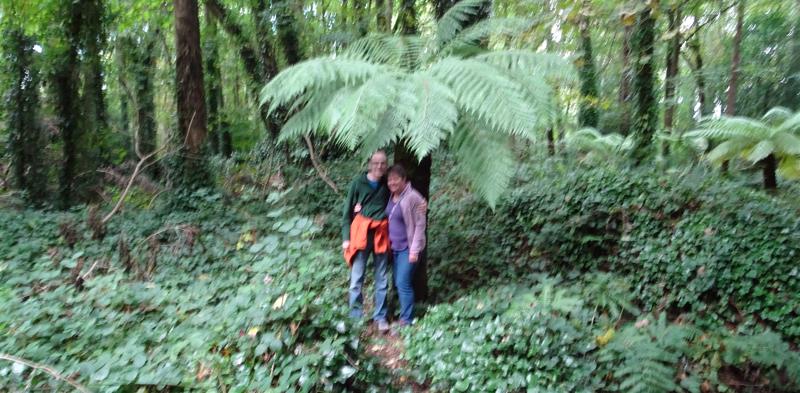
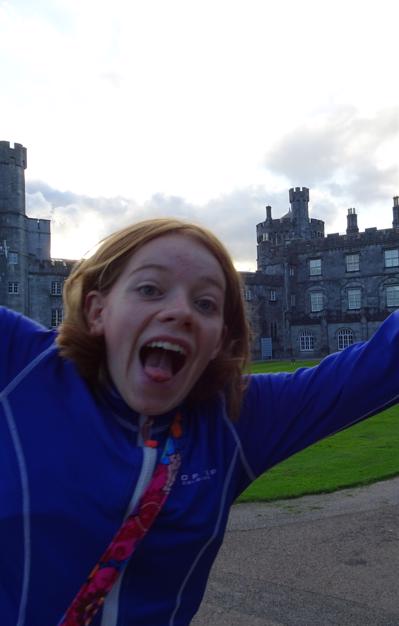
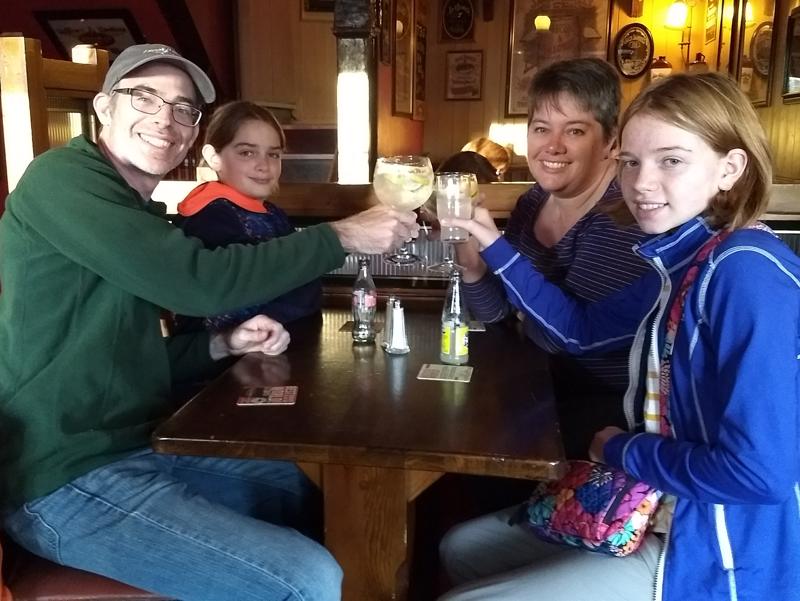
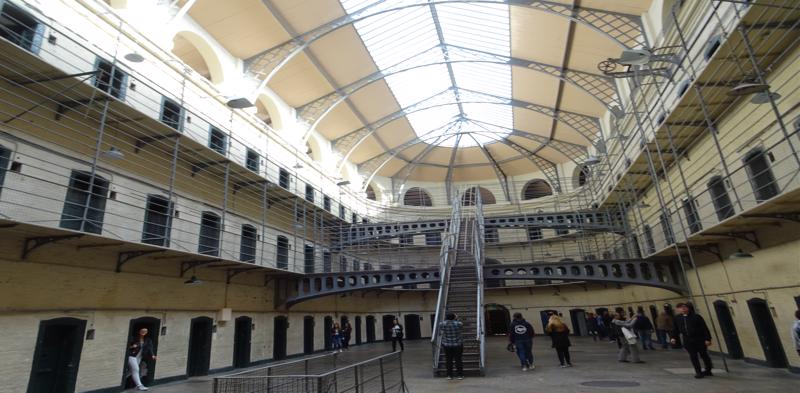
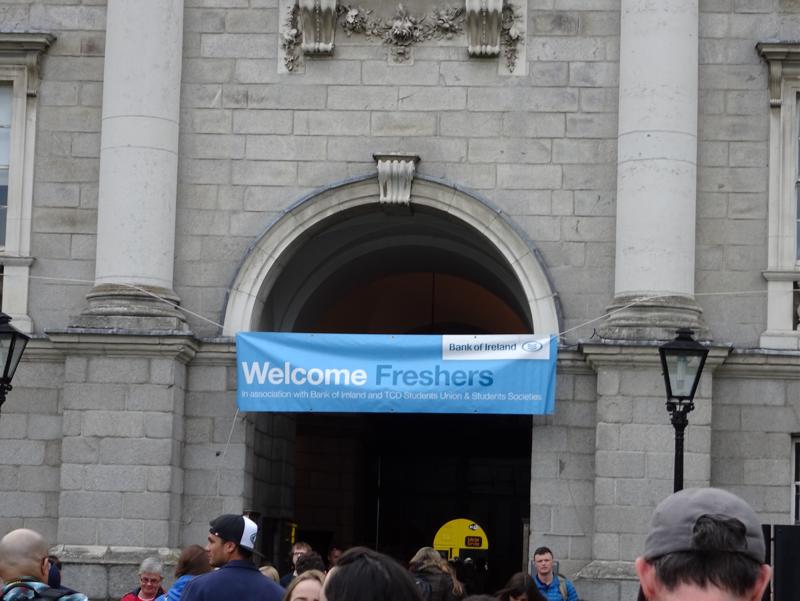
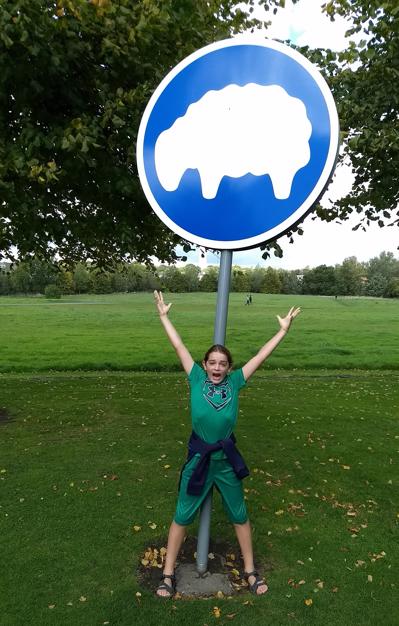
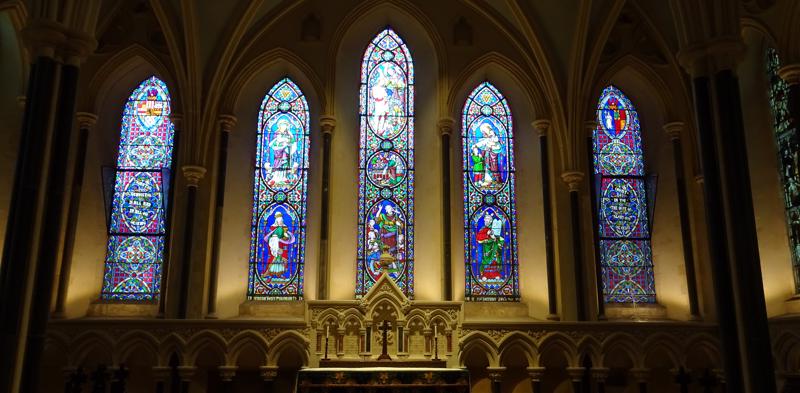
could definitely have spent another day in Kilkenny visiting some of the buildings erected in the 1200s, but as Scott reminds me, we only have 5.5 months and we have to make choices.
Friday we made our way to Dublin and toured the Kilmainham Gaol, a historical prison important for the political prisoners housed there. We really began to appreciate the effect of the potato blight in 1845-1849 on both the inmates, who were sometimes grateful to go to prison just to get some food, and our own personal history: our ancestors were probably some of the people trying to get out of Ireland because there wasn't enough to eat. The population of Ireland was 8 million prior to the blight in the 1840s, and the current population of the whole island, Republic and Northern, is currently 6.3 million--just a little more than MN. We toured St. Patrick Catherdral, the largest church in Ireland, which has a monument in it for the Boyle family (Robert Boyle was arguably one of the first modern chemists and we teach Boyle's law of gases in Gen Chem) and visited Trinity College, the first college in Ireland. Trinity houses the Book of Kells but the line to see that...90 minutes plus. Bummer that!
1.
Departure date
2.
Starting off in Iceland
3.
Checking in on the Queen
4.
A drive through Ireland
5.
Paris, Brussels, and Amsterdam
6.
A week in Germany
7.
Settling into Vienna, visiting Prague
8.
Week two-ish in Austria and Poland
9.
Bratislava and Halloween
10.
Budapest and Salzburg
11.
Art and history in Italy
12.
Even older history in Greece
13.
It's not a holiday, it's an adventure
14.
Thailand and Cambodia
15.
Australia
16.
In search of a Kiwi
17.
Fiji
18.
San Francisco, CA, USA
19.
Homecoming
Share your travel adventures like this!
Create your own travel blog in one step
Share with friends and family to follow your journey
Easy set up, no technical knowledge needed and unlimited storage!
© 2025 Travel Diaries. All rights reserved.